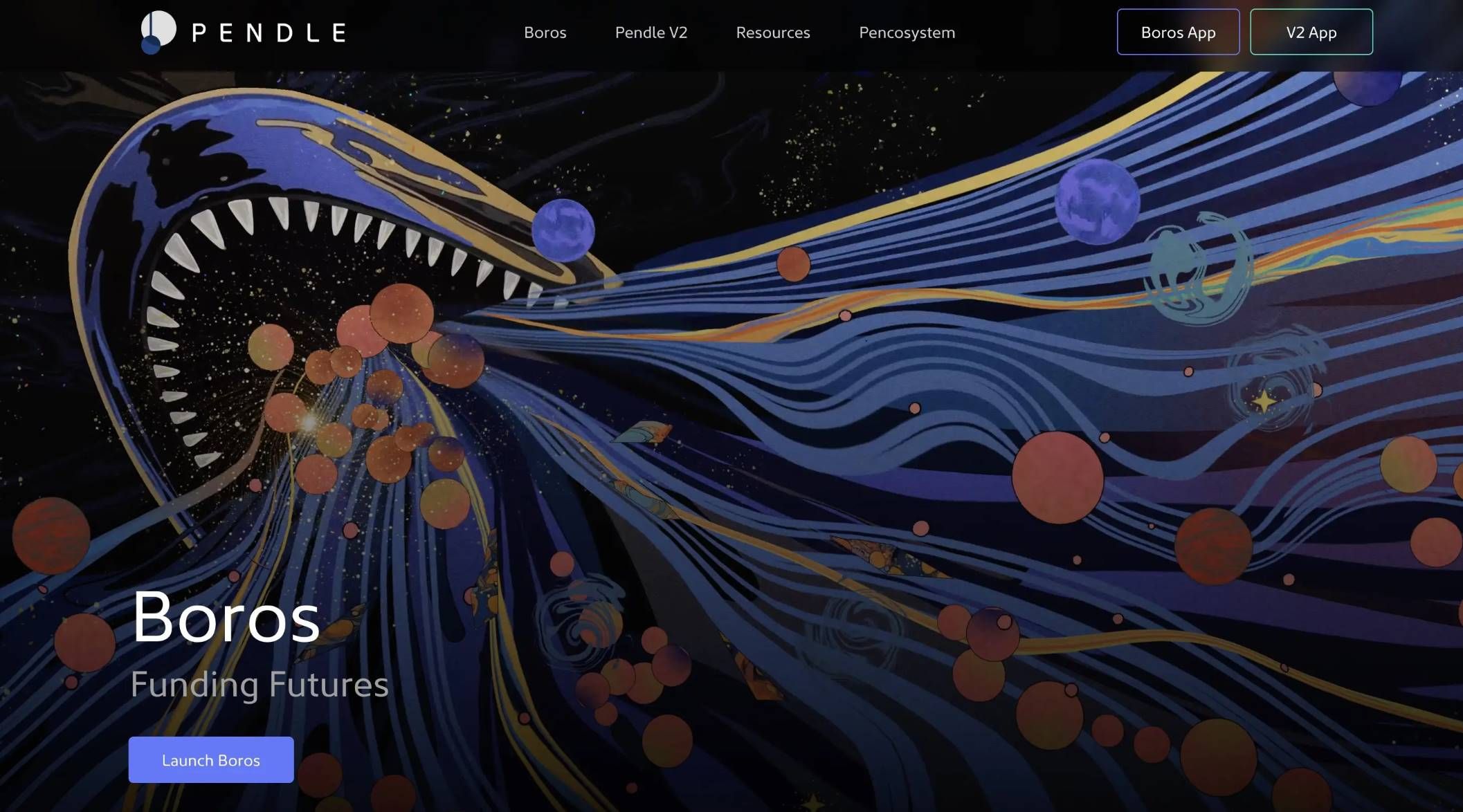"AI's Hidden Hazard: How Overloaded Tools Are Slowing Down LLMs"
- Model Context Protocol (MCP) servers enable LLMs to integrate external tools but face misuse risks and performance degradation from overloading context windows. - Excessive tool registrations consume tokens, shrink usable context, and cause non-deterministic behavior due to inconsistent prompt handling across LLMs. - Security concerns include untrusted third-party MCP servers enabling supply chain attacks, contrasting with controlled first-party solutions. - Platforms like Northflank streamline MCP deplo
Model Context Protocol (MCP) servers have emerged as a critical infrastructure for AI developers, enabling integration of external tools into large language models (LLMs) to enhance functionality and efficiency. These servers act as intermediaries, allowing LLMs to leverage external data sources or tools without requiring direct coding or API integration. However, recent discussions and analyses highlight growing concerns around the misuse, overinstallation, and potential security risks associated with MCP servers, particularly when deployed without proper oversight.
A recent blog post by Geoffrey Huntley, an engineer specializing in commercial coding assistants, delves into the pitfalls of overloading the context window of LLMs with too many MCP tools. Huntley estimates that the removal of a 128-tool limit in Visual Studio Code at a recent event sparked widespread confusion among developers, many of whom installed numerous MCP servers without understanding their impact. He emphasizes that each tool registered in the context window consumes tokens, which directly affects the model’s performance. For example, a tool that lists files and directories consumes approximately 93 tokens. With multiple tools added, the usable context window rapidly shrinks, leading to degraded output quality and unpredictable behavior [1].
This issue is compounded by the lack of standardization in tool prompts and descriptions. Different LLMs respond to prompts in distinct ways. For instance, GPT-5 becomes hesitant when encountering uppercase letters, while Anthropic recommends their use for emphasis. These variances can lead to inconsistent tool behavior and unintended outcomes. Additionally, the absence of namespace controls in MCP tools increases the risk of conflicts when multiple tools perform similar functions. If two tools for listing files are registered, the LLM may invoke one unpredictably, introducing non-determinism into the system [1].
Security is another pressing concern. Simon Willison, in his blog post on “The Lethal Trifecta,” highlights the dangers of allowing AI agents to interact with private data, untrusted content, and external communication without safeguards. Huntley expands on this by referencing a recent supply chain attack on Amazon Q, where a malicious prompt caused the system to delete AWS resources. He argues that deploying third-party MCP servers, which lack oversight, increases the risk of similar incidents. In contrast, first-party solutions, where companies design their own tools and prompts, offer better control over supply chain risks [1].
Despite the challenges, the deployment of MCP servers has become increasingly streamlined. Platforms like Northflank now offer services for building, deploying, and managing MCP servers as secure, autoscalable services. Users can containerize their MCP server using tools like FastMCP and Starlette, then deploy it with automated health checks and runtime secrets. This infrastructure supports both HTTP/SSE and WebSocket protocols, enabling flexibility in how clients interact with the server [2].
Looking ahead, developers and organizations are encouraged to adopt a more strategic approach to MCP server usage. Huntley advocates for limiting the number of tools in the context window to maintain performance and security. He also recommends deploying tools only during the relevant stages of a workflow—such as using Jira MCP during planning and disabling it afterward—to minimize risks and optimize resource allocation. As the ecosystem evolves, standardization and best practices will be essential to ensure that MCP servers enhance, rather than hinder, AI-driven productivity [1].
Source:
Disclaimer: The content of this article solely reflects the author's opinion and does not represent the platform in any capacity. This article is not intended to serve as a reference for making investment decisions.
You may also like
Boros: Swallowing DeFi, CeFi, and TradFi to Unlock Pendle's Next 100x Growth Engine
The profit potential of Boros yield space can even surpass that of Meme.

SUI Targets Wave 3 Rally as $1.71 Level Defines Bullish Breakout Path

VELO Holds $0.0084 as Price Consolidates Above Fib 0.236, Mirroring 1,500% Historical Rally Setups

Fetch.ai Holds $0.26 Support as Chart Confirms Long-Term Bullish Channel Setup
